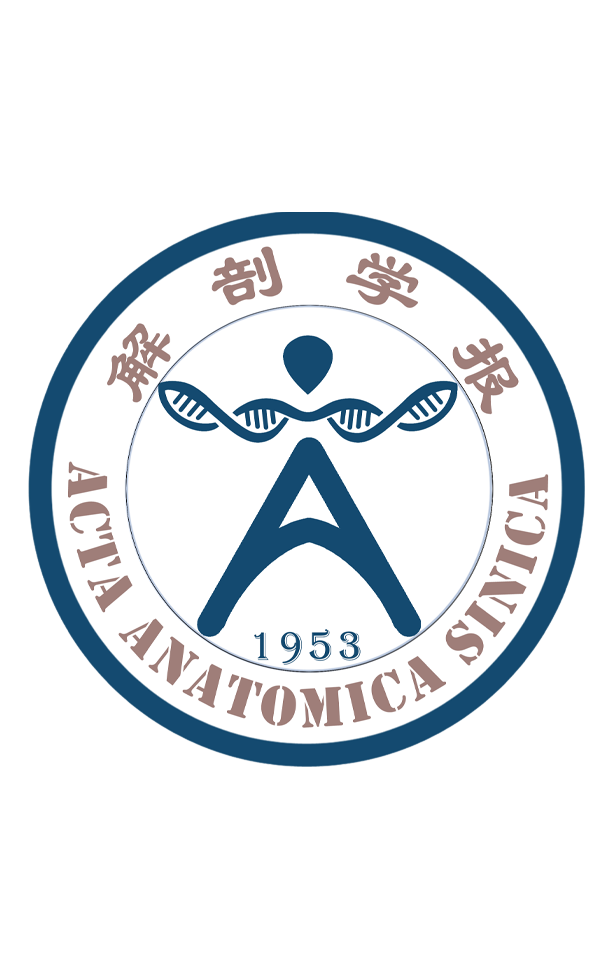Welcome to visit Acta Anatomica Sinica! Today is
Chinese







Double Fluorescent Labeling Restriction Method for Microarray Applications
Acta Anatomica Sinica ›› 2007, Vol. 38 ›› Issue (4) : 442-445.
Double Fluorescent Labeling Restriction Method for Microarray Applications
Double restriction fluorescent labeling (DRFL) / RD-PCR / DNA microarray
/
| 〈 |
|
〉 |